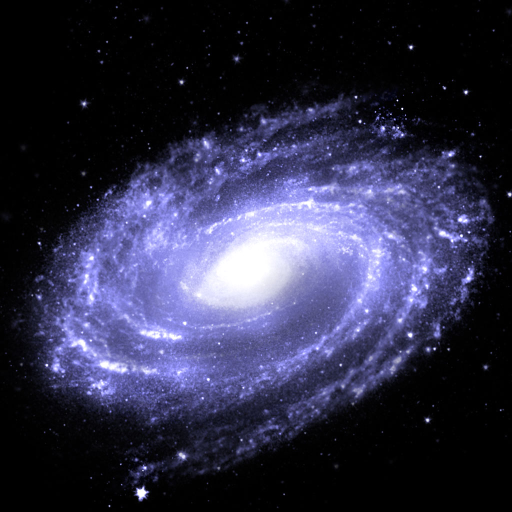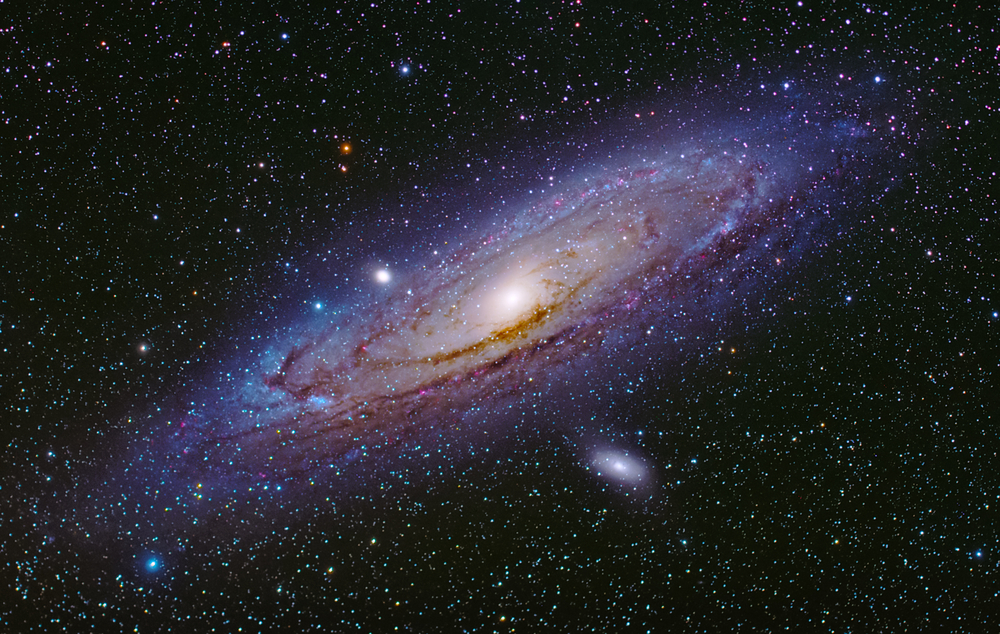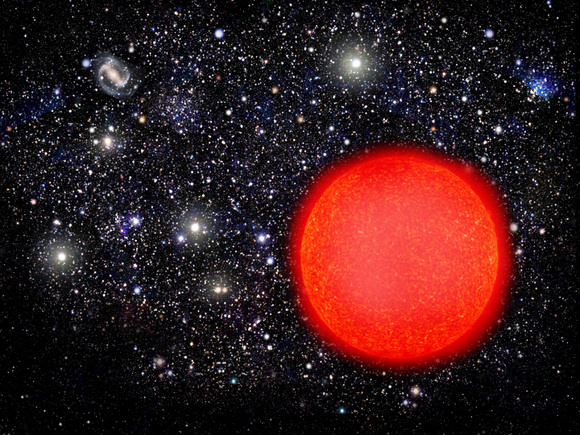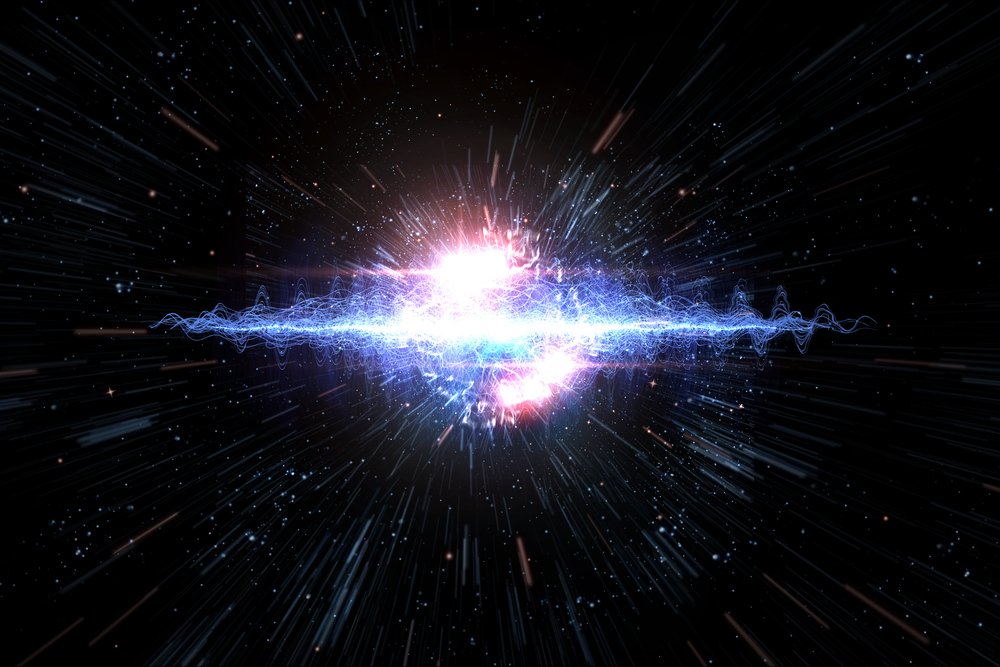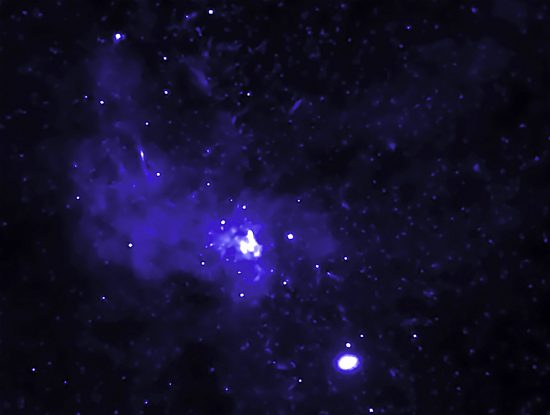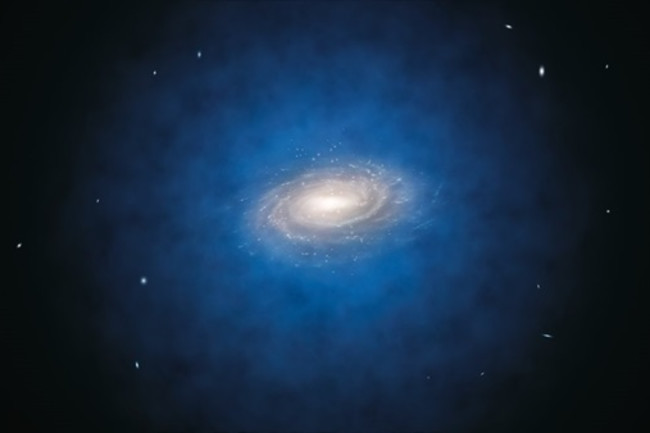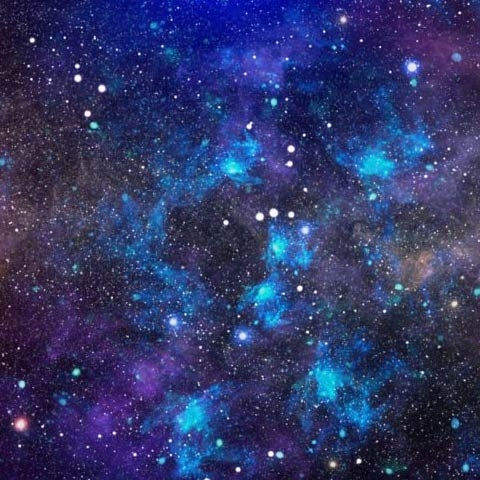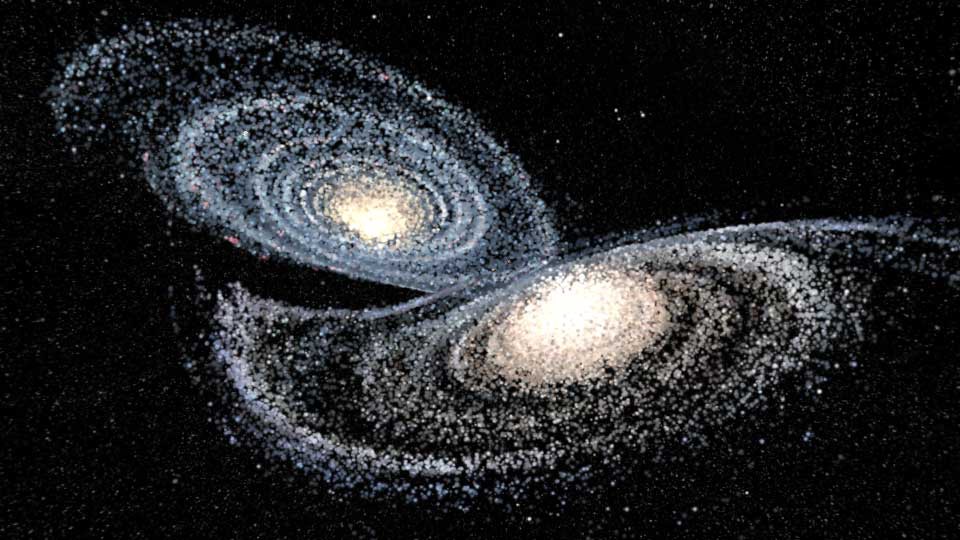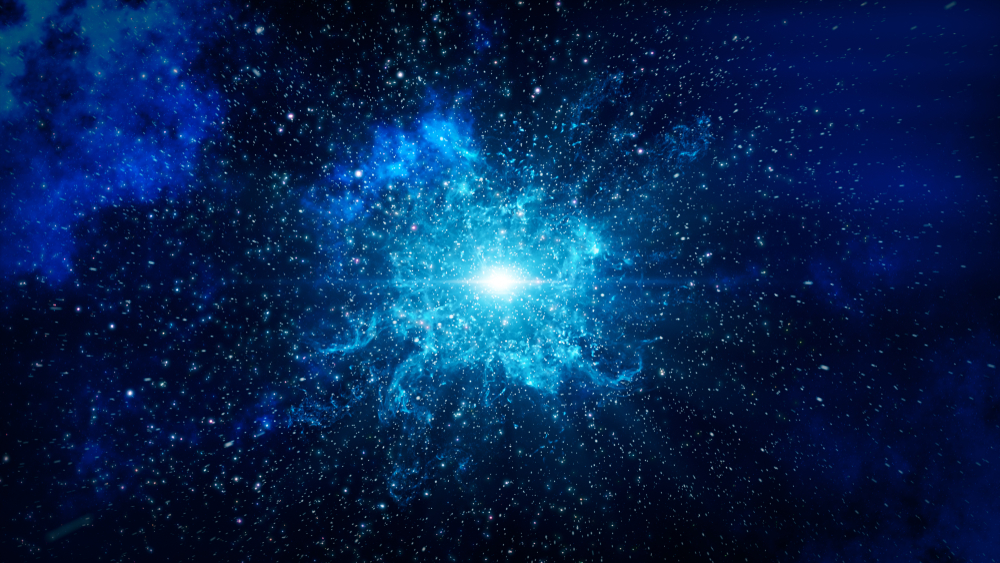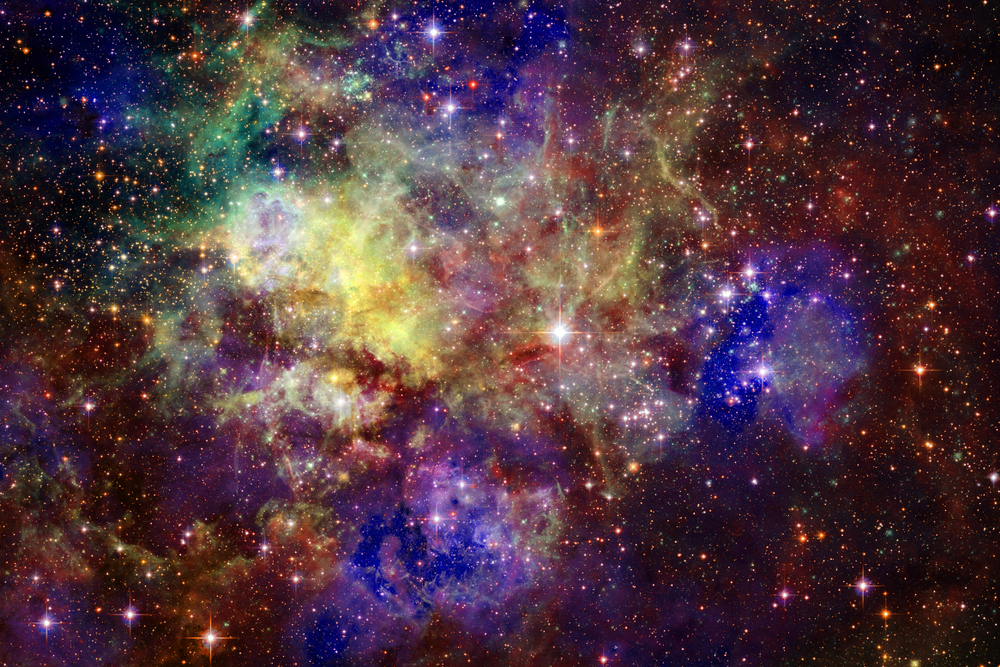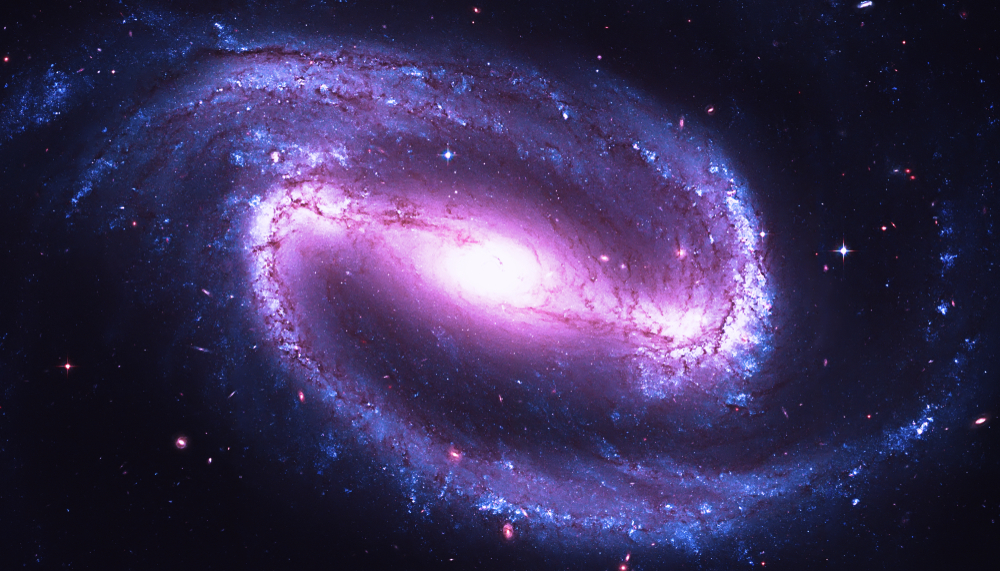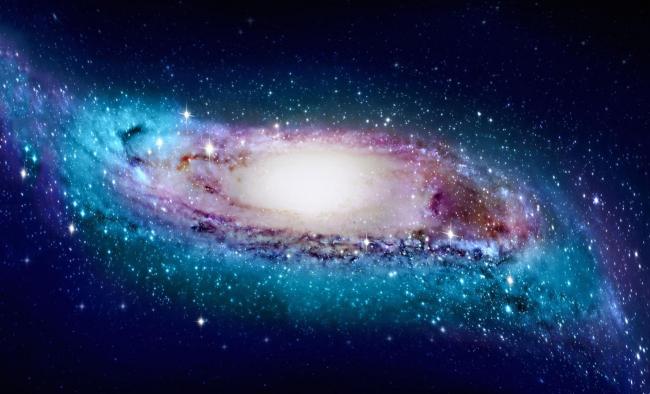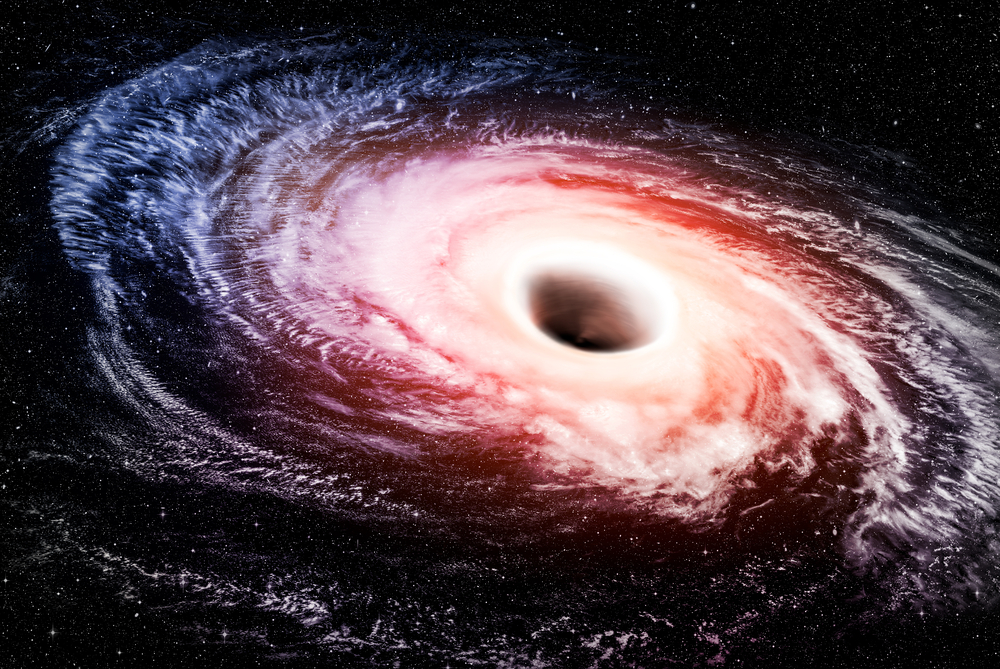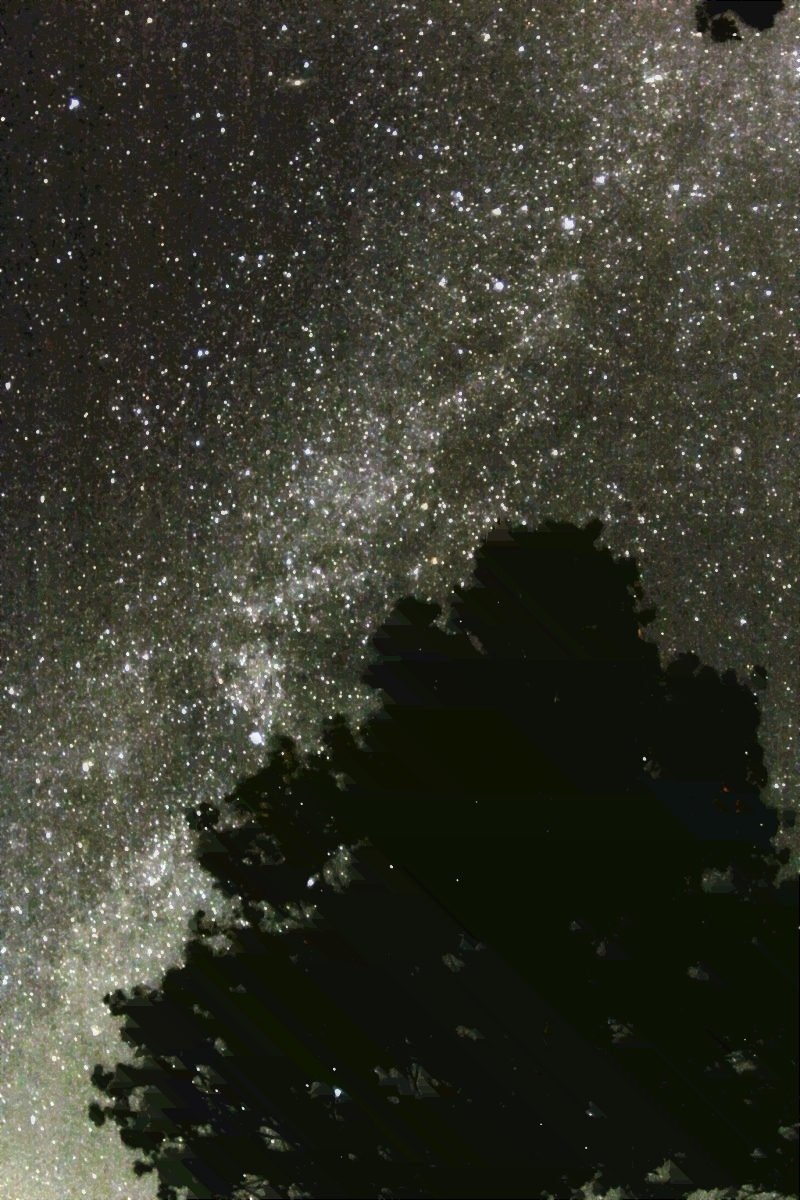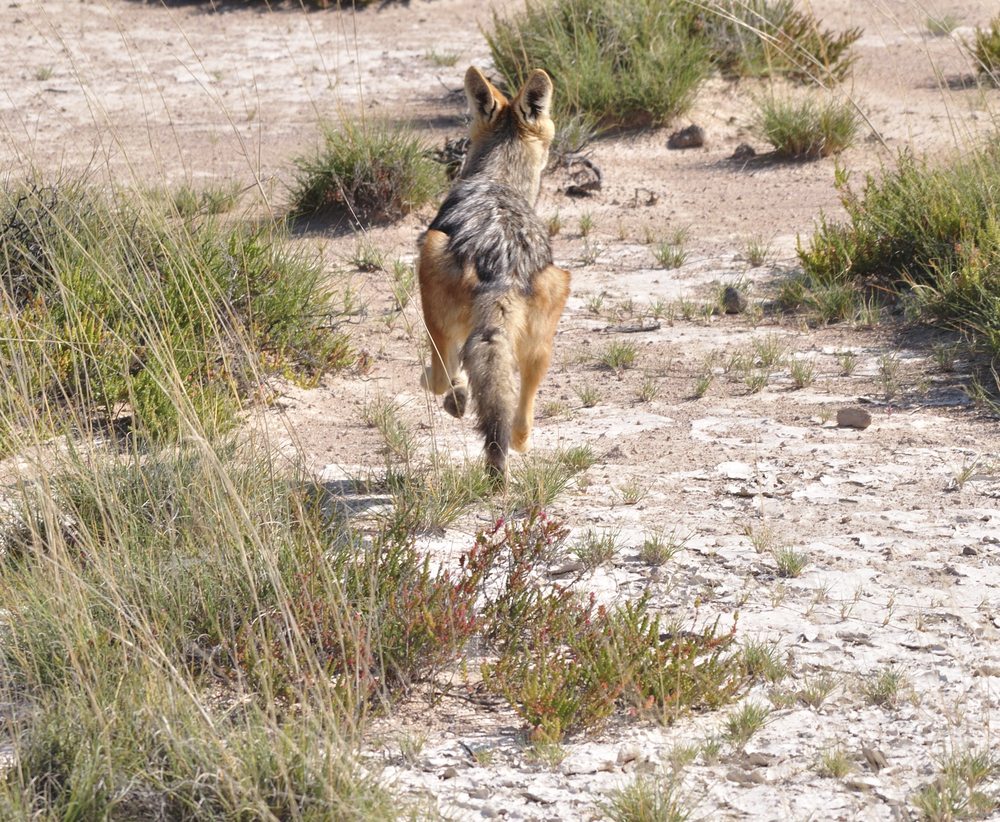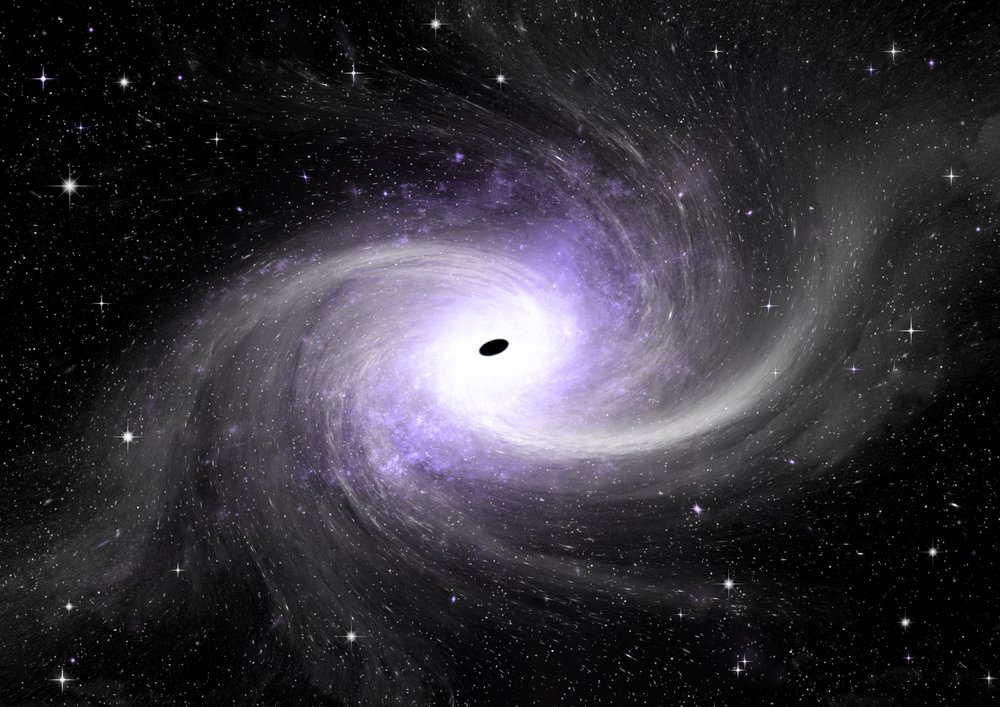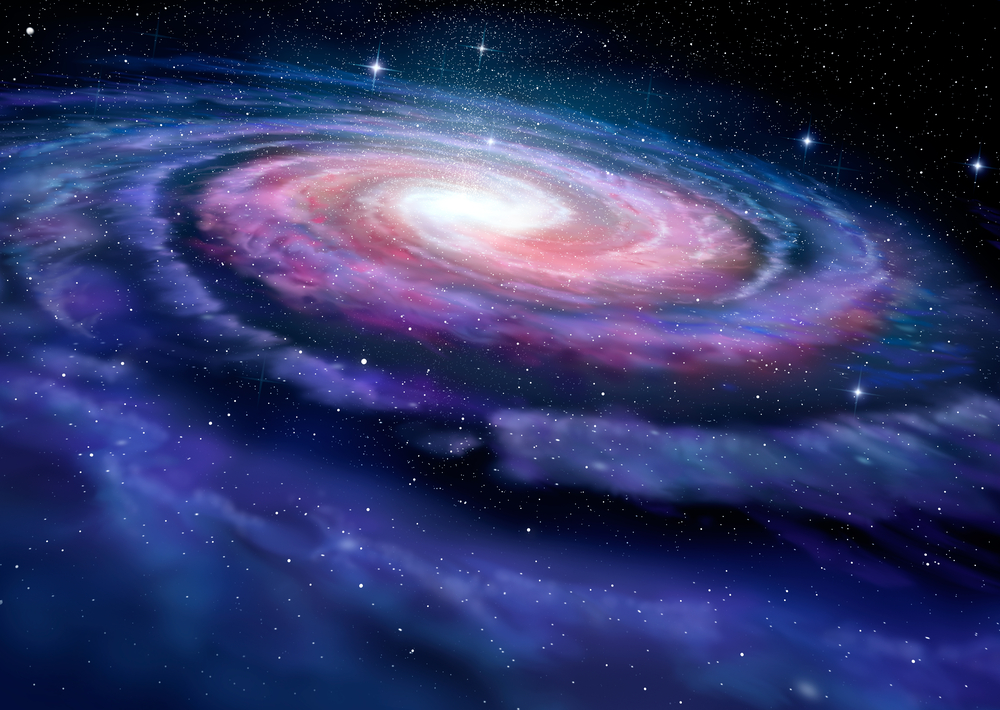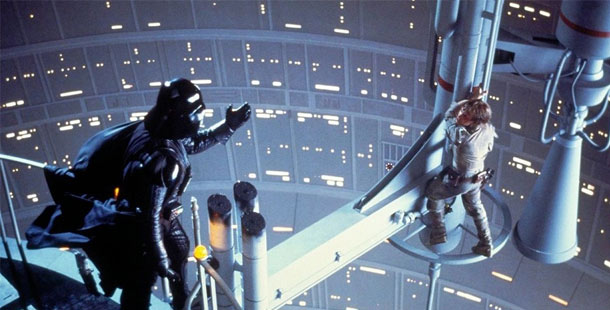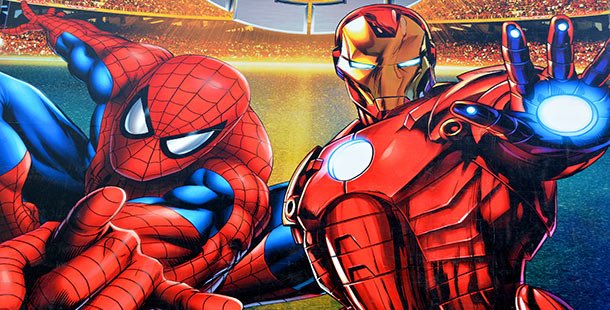Without a telescope, you can’t tell that it is made up of individual stars; it just looks like a fuzzy patch. What makes things a little depressing, though, is that according to scientific estimations, our Milky Way galaxy is going to collide with the Andromeda Galaxy in about 4.5 billion years. And as you probably understand, that won’t be good at all. But worry not! We can guarantee you that 4.5 billion years from now you will DEFINITELY be dead already. So, instead of being sad about what happens in 4.5 billion years, why don’t you read 25 Almost Unbelievable Facts About the Milky Way and educate yourself about our beautiful “common home”? It was formed about 13.6 billion years ago and is almost as old as the universe itself, which formed about 13.7 billion years ago. It was also described as the road to Mount Olympus, or the path of ruin made by the Helios’ (the sun) chariot. Our galaxy is currently consuming the Canis Major Dwarf Galaxy by adding the smaller galaxy’s stars to its own spiral. (Talk about an appetite!) To get an idea of what these numbers actually mean, keep in mind that an object going this fast could travel around the Earth’s equator in less than three minutes. Our galaxy is roughly 100,000 light-years across, and we can only see about 6,000 light-years into the disk in the visible spectrum. Still, when light pollution is not significant, the dusty ring of the Milky Way can be discerned in the night sky. What they know for a fact, however, is that there are literally billions of unseen stars out there. So, when we look at the Milky Way at night, we only see about 0.0000025% of the galaxy’s hundreds of billions of stars. Once thought unsuitable for potential life-bearing planets, red dwarfs are now considered potential suspects. Well, that is what they call the process in which a large explosion occurs at the end of a star’s life cycle, which removes almost all its mass. Our galaxy also consists of other types of energy, such as infrared light, radio waves, gamma rays, dark matter, and X-rays. What this means is that all we can see, even with telescopes, is less than 10% of the mass of our galaxy. The rest is darkness. The bubbles stretch outward from the black hole and extend into space in opposite directions. The billowy lobes resemble the two halves of an hourglass, with the black hole nestled at its waist. Not impressed? Try this one: it has made 1/1250 of a revolution since the origin of humans. These clusters are actually small galaxies that orbit our Milky Way, just like planets orbit around a star. So, astronomers decided to name them the Small and Large Magellanic clouds after Ferdinand Magellan. Meanwhile, the Local Group is moving relative to the Cosmic Microwave Background (CMB) radiation (a.k.a. the radiation left over from the Big Bang). (And we thought we were the only ones leaking grimy compounds into the atmosphere.) Can you guess what its thickness would be in this case? Believe it or not, it wouldn’t be much thicker than a sheet of paper. So, in reality, the Milky Way ticks both of these boxes, making it one of the most common galaxy designs. Getting a better grasp is no easy task. Most of the Milky Way’s mass — perhaps 85 percent — is in the form of dark matter, which gives off no light and so is impossible to directly observe, according to the experts. Astronomers believe this black hole weighs as much as 4 million of our suns put together. Just WOW! Along with some 50 other galaxies, the Milky Way and its immediate surroundings make up a cluster known as the Local Group, which is in turn part of the even bigger Virgo Supercluster. Galileo Galilei (1564–1642) was the first to identify and resolve the band of light as many individual stars in 1610, with the help of his telescope. It’s said in Chinese Mythology that the river was placed there by the gods to keep their weaver apart from a herdsman who loved her. It’s romantic tragedy played out on the macro level. Thus, in Cherokee lore, the galaxy is referred to as “The Way the Dog Ran Away.” Because we’re set inside the galaxy, we obviously cannot take an aerial view. Sorry, folks! When they do smash into one another, it won’t be as cataclysmic as you might imagine. Earth will likely survive, and very few stars will actually be destroyed. Instead, the newly-formed mega-galaxy will offer a nightscape with a spectacular blend of stars unlike anything we see today.



